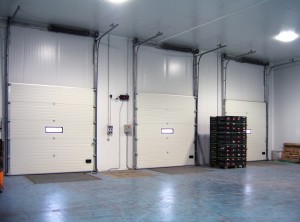What’s the difference between sliding door and patio door?
When it comes to choosing the right door for your home, the options can seem endless. Two popular options for connecting indoor and outdoor spaces are sliding doors and patio doors. While they may look similar at first glance, there are some key differences between the two that can affect the functionality and aesthetics of your living space.
Sliding doors, also known as sliding doors, are a popular choice for modern homes. They are designed to slide horizontally along the track and can be easily opened and closed without requiring additional space to open the door. Patio doors, on the other hand, are a broader category that includes various door styles, such as French doors and multi-panel doors, designed specifically for access to a patio or outdoor area.
One of the main differences between sliding doors and patio doors is their operation. Sliding doors operate by moving horizontally along a track, while patio doors (such as French doors) typically open by pivoting on hinges. This fundamental difference in operation affects the amount of space the door requires to operate effectively. Sliding doors are a great space-saving option, ideal for smaller rooms or areas where space is limited. In contrast, swing-open patio doors may require more clearance space, making them better suited for larger rooms or areas where there is enough room for the door to open fully.
When it comes to aesthetics, both sliding doors and patio doors offer unique design possibilities. Sliding doors are often favored for their sleek and modern appearance, with their large glass panels allowing for unobstructed views and plenty of natural light. They are a popular choice for modern homes and minimalist design styles. Patio doors, on the other hand, such as French doors, can add a touch of elegance and charm to a space with their classic, traditional look. French doors’ split glass panels and intricate details can bring timeless beauty to any home.
Another important consideration when comparing sliding doors and patio doors is their energy efficiency and insulation properties. Both types of doors can be equipped with energy-efficient glass and insulation to help maintain comfortable indoor temperatures and reduce energy costs. However, a sliding door with a larger single glass panel may be more susceptible to heat loss or heat gain than a patio door with multiple smaller glass panels. Additionally, sliding door seals and weatherstripping may require more maintenance to ensure a tight seal and prevent air leaks.
When it comes to security, both sliding and patio doors can be equipped with safety locking mechanisms and shatterproof glass for added home security. However, sliding doors may have a reputation for being easier to force entry due to their larger glass panels. Homeowners should consider additional security features such as reinforced frames and multi-point locking systems to enhance the security of their sliding doors.
In summary, while sliding doors and patio doors have a common purpose of connecting indoor and outdoor spaces, they each have unique features and benefits. Sliding doors are prized for their modern, space-saving design and unobstructed views, making them a popular choice for contemporary homes. Patio doors, on the other hand, such as French doors, exude timeless elegance and can add a touch of classic charm to any living space. Understanding the differences between these two door options can help homeowners make an informed decision based on their specific needs, preferences, and home design. Whether it’s a stylish sliding door or a classic patio door, both options offer the opportunity to enhance the beauty and functionality of your home.
